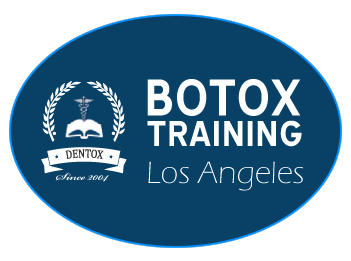Comprehensive Guide to Botox Hyperhidrosis Treatments: Reducing Perspiration Effectively


Hyperhidrosis is a condition characterized by the overactivity of sudoriferous glands resulting in excessive perspiration.
Hyperhidrosis, a condition characterized by the overactivity of sudoriferous glands resulting in excessive sweating, presents an ongoing challenge for those affected. Regardless of whether the perspiration occurs on the palms, axillae, or soles of the feet, its impact on daily life is profound. Botox Hyperhidrosis treatment emerges as a modern medical intervention offering relief. This guide aims to provide a comprehensive understanding of this treatment modality, elucidating its mechanism, procedural aspects, outcomes, and candidacy considerations.
The Mechanism of Action of Botox in Hyperhidrosis
Botulinum toxin type A, commonly known as Botox, serves both cosmetic and therapeutic purposes. In the management of hyperhidrosis, Botox operates by temporarily blocking neuronal transmission to eccrine glands. This impedes the release of acetylcholine, thereby reducing perspiration output and providing relief to individuals grappling with excessive sweating.
Revealing a Novel Treatment Approach
Initiating Botox Hyperhidrosis therapy necessitates a personalized strategy tailored to individual needs. The core of the procedure involves precise administration of Botox injections into specific anatomical sites, typically lasting around 30 minutes. While some individuals may experience transient discomfort during injections, the process is generally well-tolerated and minimally disruptive to daily routines.
Enhancing Health and Well-being Post-Treatment
Adherence to post-procedural care guidelines is imperative for achieving optimal outcomes, extending beyond the treatment phase. To facilitate Botox integration, individuals are advised to refrain from strenuous activities and excessive manipulation of treated areas. Substantial reduction in sweating is typically observed within a week post-treatment, with maximal benefit realized within two weeks.
Long-Term Viability of Outcomes and Maintenance Considerations
A common query pertains to the durability of Botox Hyperhidrosis treatments. While individual responses vary, the effects generally persist for four to twelve months. Metabolic factors and treatment site selection influence result longevity. As the effects gradually diminish over time, periodic touch-up sessions are recommended to sustain the benefits of reduced sweating.
Assessing Candidacy for Botox Hyperhidrosis Therapy
A thorough evaluation of candidacy criteria is essential to ascertain the suitability of Botox Hyperhidrosis treatment. Consultation is deemed paramount. Despite the myriad benefits offered by the treatment for individuals grappling with incapacitating hyperhidrosis, certain medical conditions or medications may necessitate caution. A comprehensive assessment of medical history ensures procedural compatibility and optimizes therapeutic outcomes.
Final Thoughts: Embracing Confidence and Equilibrium
Despite its seemingly innocuous nature, hyperhidrosis exerts a profound influence on self-esteem and quality of life. Botox Hyperhidrosis treatment empowers individuals to lead a life liberated from the constraints of excessive sweating, fostering comfort and confidence. Our unwavering commitment to excellence ensures superior service and remarkable results from the initial consultation through to the culmination of treatment. Bid farewell to the fluctuations of excessive sweating and embark on a journey towards a perspiration-free existence by scheduling your appointment today.




















